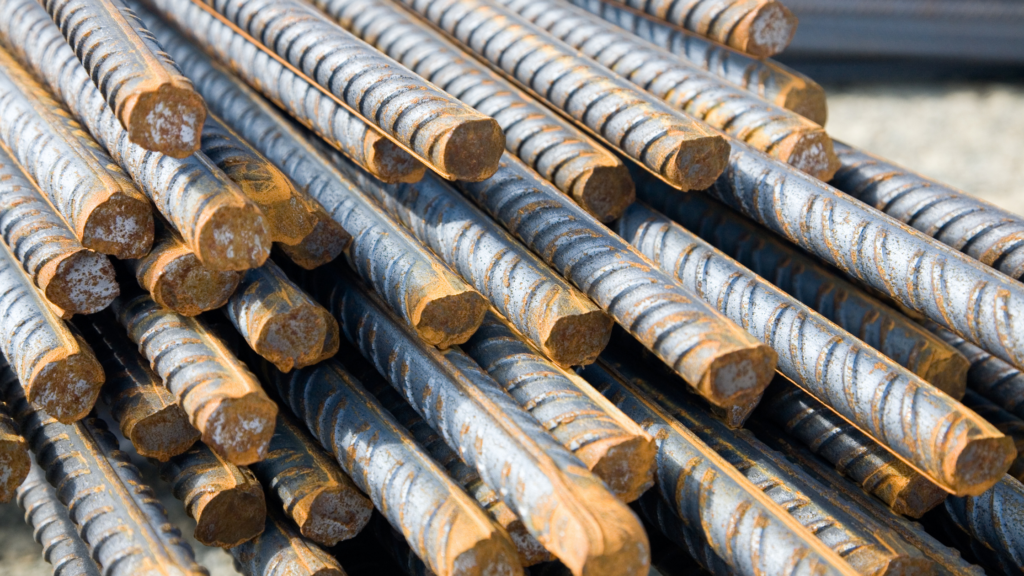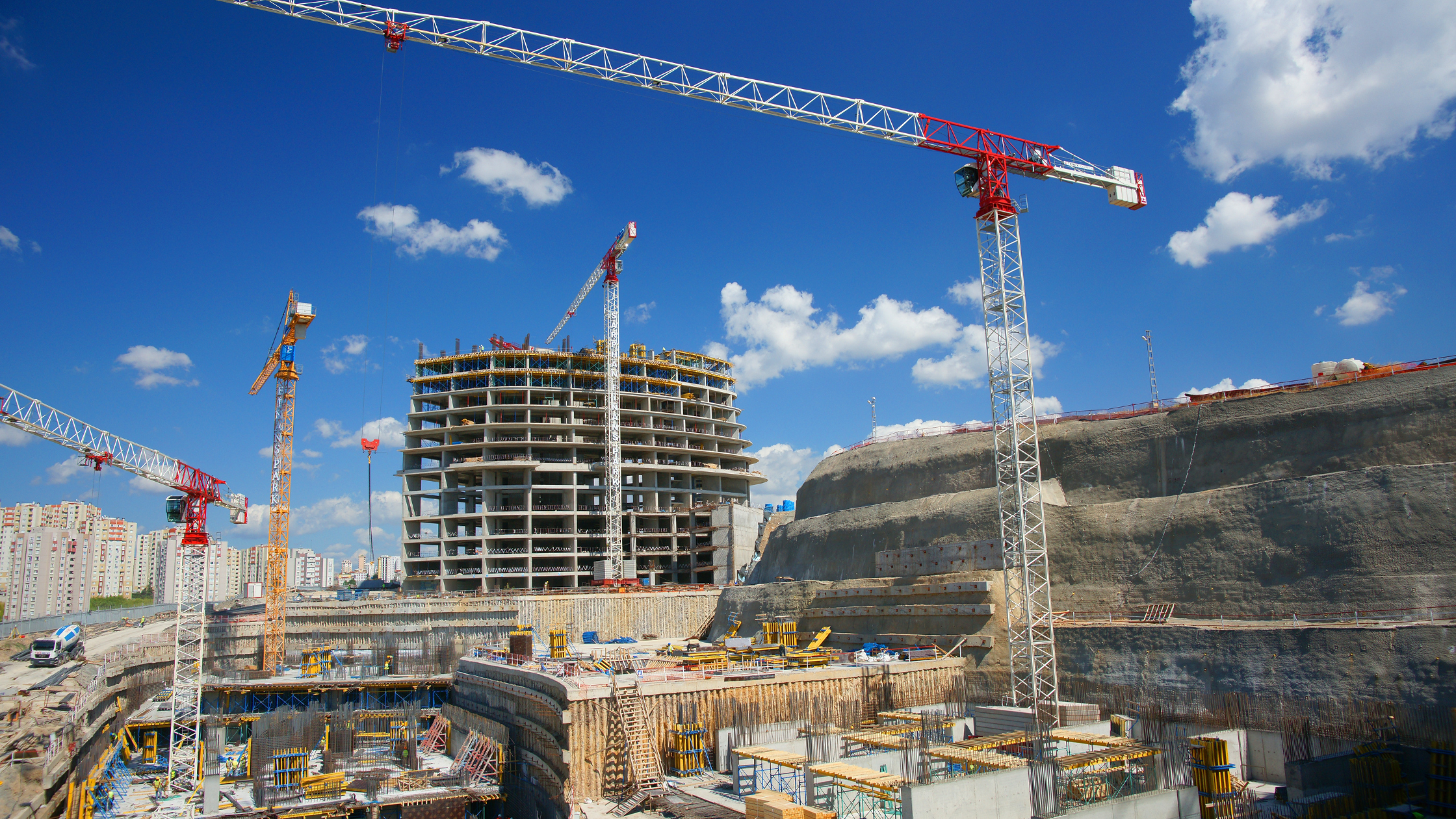Construction costs continue to rise across North America, driven by a combination of inflationary pressures, labor shortages, and fluctuating material prices. Although the rate of increase is slowing, challenges remain, particularly as economic conditions vary between the U.S. and Canada.
Why construction costs keep rising
Construction costs have been steadily rising across North America, albeit at a moderated pace compared to the significant spikes seen during the peak of the pandemic. In the U.S., the construction industry is grappling with a range of pressures, including high inflation and interest rates. The Federal Reserve’s decision to maintain interest rates at a 22-year high of 5.3% is placing additional strain on construction budgets. While some sectors, particularly non-residential construction, may experience a slowdown due to these high costs, inflation is expected to drive material prices up by 2% to 6% this year.
In Canada, the situation is similar. While construction costs have stabilized somewhat, the country continues to grapple with high population growth reaching 3%, straining housing capacity and driving up costs. This growth has led to the need for over 5 million new homes by 2030, which is putting immense pressure on the construction sector, already facing challenges due to a slow approval process and regulatory hurdles. The highest construction costs are seen in cities like Vancouver and Toronto, where a low-rise condominium apartment project can range from $325 to $400 per square foot. Comparatively, cities like Calgary and Edmonton have relatively lower costs but are still high for the areas, ranging from $280 to $325 per square foot.
Labor market pressures and material costs

Labor shortages are another challenge across North America, with an estimated shortfall of around 500,000 workers needed to meet current demand. This shortfall contributes to rising wages and, consequently, higher construction costs. This shortage is particularly severe in skilled trades, where companies are struggling to fill positions. As a result, labor costs are projected to increase by 3% to 5% in 2024 as firms raise wages to attract and retain workers.
Material costs are another area of concern, with ongoing volatility expected throughout 2024. While some materials, such as concrete, may see slight price decreases, others—like wood, plastics, and composites—are expected to rise by up to 6.5%.
Future outlook
Looking ahead, the construction industry in North America is expected to continue facing cost pressures, albeit with some regional variations. In the short term, cost moderation is possible in certain areas, but the underlying factors—such as labor shortages, high demand for housing, and the impact of interest rates—suggest that any relief will be temporary. By 2026, experts anticipate that construction costs could escalate significantly, particularly in markets with high demand and limited labor availability.



7 comments